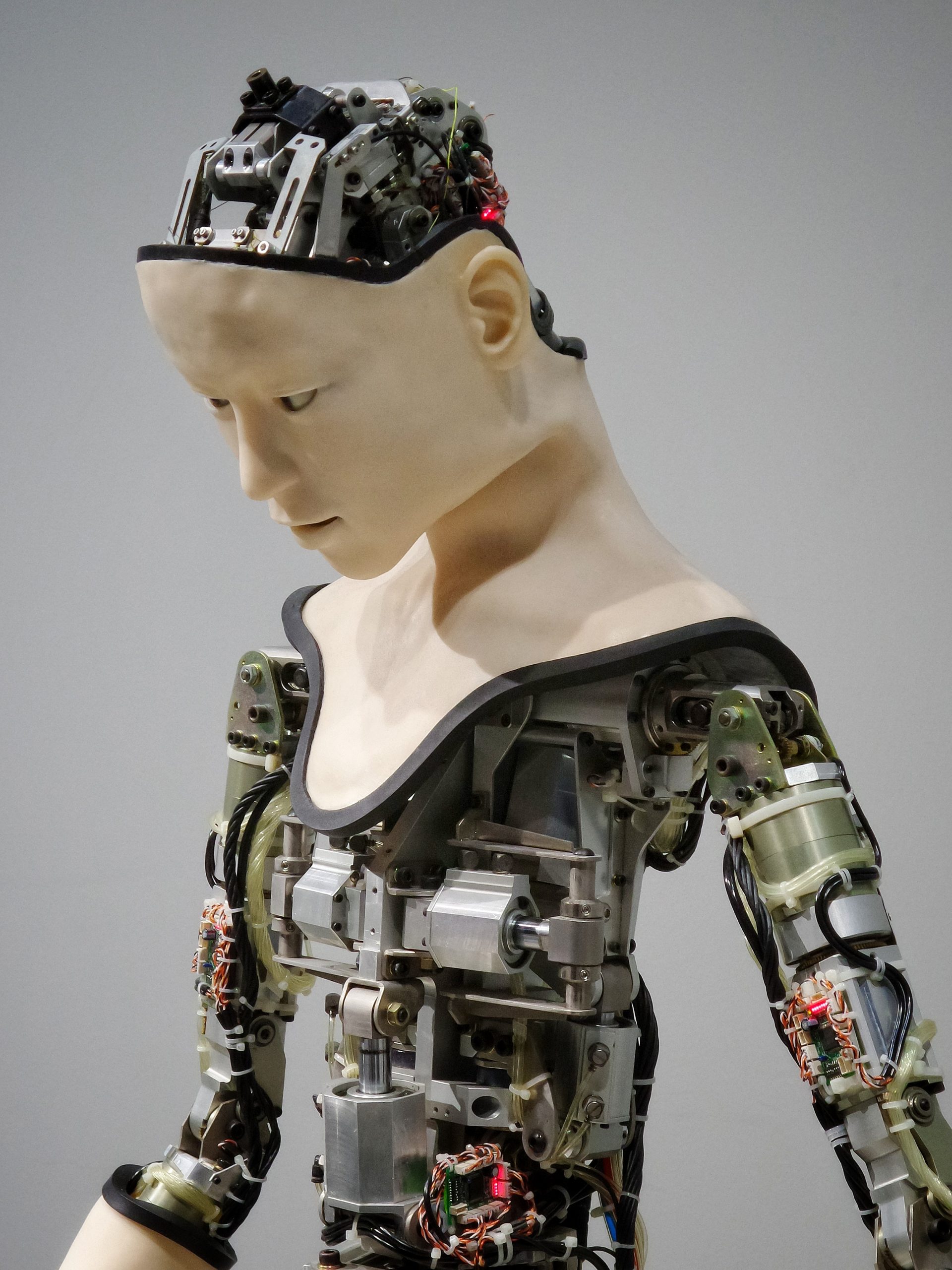Fill Me In
Ken Kutaragi, the former chairman and CEO of Sony Computer Entertainment — which was responsible for the creation of the PlayStation consoles — recently became the CEO of Ascent Robotics.
Ascent Robotics is a Tokyo-based AI startup that was founded in 2016 and which aims to further the development of intelligent solutions in industrial robotics and autonomous vehicles.
Given his new position, Kutaragi has already outlined his plan to create affordable machines to assist labourers in their work operations in logistic centres and factories. His focus is on Japan’s pandemic-stricken workforce but could later expand worldwide if his effort proves successful.
Furthermore, he is working pro bono — this speaks volumes about just how convinced he is that robotics is the future of industry.
Humanising robots is the hardest part
According to the Queensland University of Technology robotics professor, Jonathan Roberts, the hardest thing for a robot to learn is, ironically, how to clean a house. This begs the question if we will ever see them in our homes.
In the workplace, robots’ presence has proliferated, especially since the emergence of the novel COVID-19. In March, Wuhan, which was the epicentre of the pandemic, housed the Smart Field Hospital — entirely staffed by robots — as part of Beijing startup CloudMinds’ trials to relieve overworked healthcare workers.
These robots ran the gamut of a nurse’s duties and more, from administering medicine to patients to entertaining them (by dancing) in the waiting areas and disinfecting hospital grounds.
Robots can and have indeed been humanised to the extent of replicating our routine work. But to what extent have they harnessed our emotional and decision-making faculties?
Performing their tasks clinically
Humans can regulate their emotions through cognition unlike robots. Homeostasis, which is our inner tendency to return to a basal state, also plays a role in controlling our emotional state. All of these are only possible because of our perception of the external world and of our inner self.
To rephrase this, robots are essentially reactive pieces of technology that merely respond, as per their programming, to stimuli that they are fed with. They could express certain facial expressions to convey how they are ‘feeling’, but certainly not perceive the relationship between their ‘emotions’ and the stimuli they are reacting to. This means that they may never know what they or those around them are feeling and may never understand why they are feeling such emotions.
Yet, robots can still make decisions on their own, albeit in a terrifying manner. Three neuroscientists collectively discovered that consciousness is fundamentally computational. If this is true, then human consciousness can effectively be written as programming algorithms that can then be inputted into robots just like uploading data to a computer. Moreover, such algorithms are sometimes designed to bypass problems and limitations so that the programmed robots can function more effectively without input from their creators.
This allows for robots to make unusual decisions during critical moments, even possibly turning against us, i.e., going rogue. Acknowledging the fact that they do not have any emotions whatsoever, we now have a situation in which they could act undesirably without feeling fear or guilt.
Might we have a case of I, Robot here?
How safe is automation in the workplace?
We have broached on the potential, or at the very least, possibility, of robots acting up when least expected. But what about their contribution to workplace safety?
In general, workers can benefit from the use of automation when it boils down to repetitive and unsafe job activities. For example, machines can shield workers from temperature extremes and radioactive/toxic environments. They can also carry heavy loads (which may be unfeasible for humans to do) and extend beyond workers’ fine motor skills by manipulating tiny parts or devices.
However, there are two key concerns where robotics is implemented in the workplace. Firstly, workers could become complacent by assuming that a system is functioning properly and thus need not be closely monitored. This applies to the aviation industry where planes have crashed due to the inadequate monitoring of the aircraft while it is in autopilot. Secondly, increasing technological advances that are unregulated by safety standards could pose a threat to workers who are not familiar with using such robots. Automated systems that are not designed to be intuitive to its users could result in failures since there is inappropriate human intervention owing to their poorly-designed user interfaces.
Job loss versus increased productivity
According to a research paper by Massachusetts Institute of Technology professor, Daron Acemoglu, and Boston University professor, Pascual Restrepo, for every robot added per 1,000 workers in the U.S., wages decline by 0.42% and the employment-to-population ratio goes down by 0.2 percentage points, i.e., a loss of around 400,000 jobs; adding one more robot in a commuting zone (geographic area used for economic analysis) reduces employment by six workers in that area.
The researchers also found that robots are most likely to affect routine manual occupations and lower and middle class workers, and particularly blue-collar workers.
Furthermore, they discovered that robots negatively affect workers at all education levels, though workers without college degrees were more greatly affected than those with a college degree or higher. In conjunction with this, the adoption of robots does not have a positive effect on workers with master’s or advanced degrees, which could signify that industrial robots simply do not directly complement white-collar workers.
They concluded that while robots both displace workers and increase firms’ productivity, they have a net displacement effect.




























